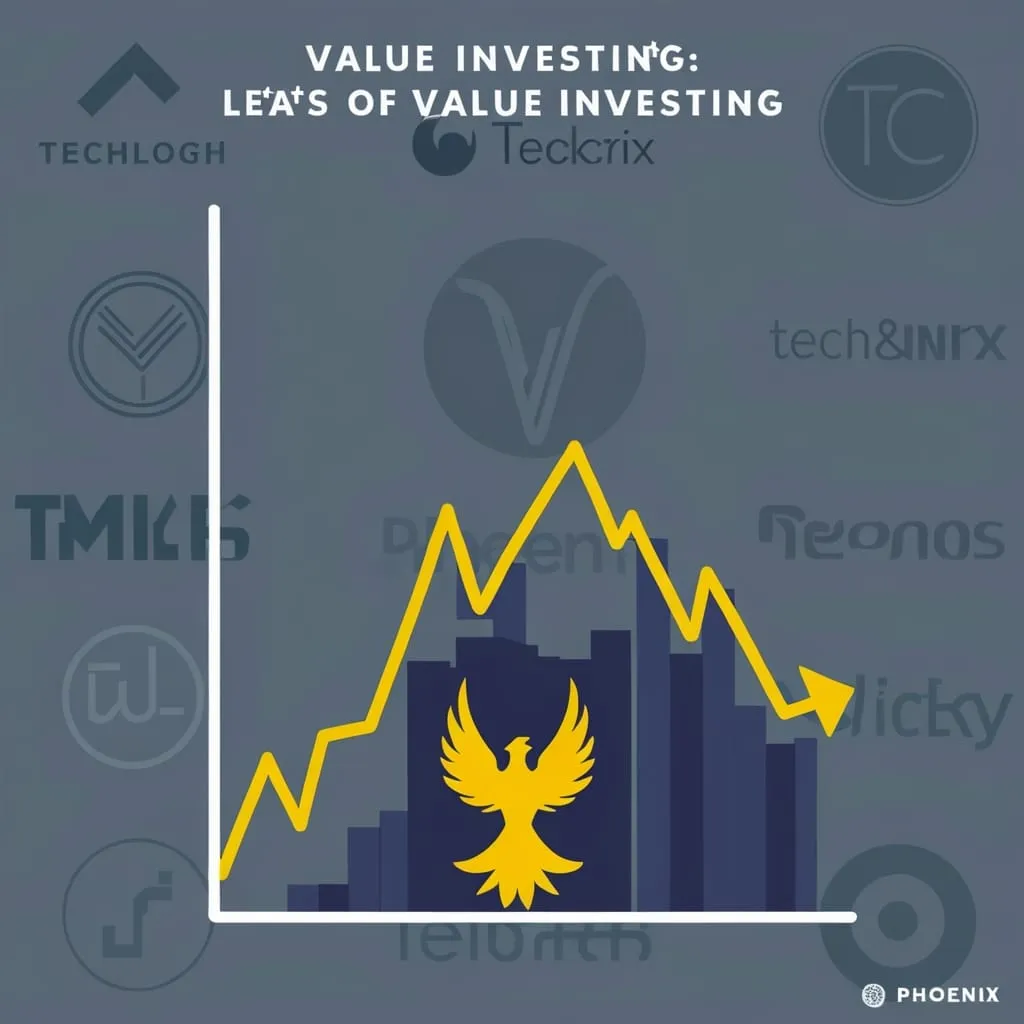In the realm of value investing, the focus has traditionally been on numbers and analysis. However, when you introduce human emotion into this equation, the landscape becomes far more complex and intriguing. This intersection of value investing and behavioral finance is a fertile ground for exploration, as it reveals how investor biases and emotional responses can significantly impact investment decisions.
The Role of Emotion in Investment Decisions
When we talk about value investing, we're essentially discussing the art of identifying stocks that are trading below their intrinsic value. This sounds straightforward, but it's here that human emotions start to play a crucial role. Emotions like overconfidence, loss aversion, and the herd mentality can skew our perceptions of what is truly valuable.
For instance, consider the phenomenon of overconfidence. Many investors believe they can outsmart the market, making decisions based on a false sense of certainty. This can lead to over-trading and poor risk management, as seen during market downturns where investors, convinced of their own infallibility, hold onto losing positions for too long. I recall a friend who, despite the clear signs of a market correction, refused to sell his stocks because he was convinced they would rebound. He ended up losing a significant portion of his portfolio.
The Impact of Loss Aversion
Loss aversion is another powerful emotional bias that affects investment decisions. This is the tendency to prefer avoiding losses over acquiring gains. In practical terms, it means that the pain of losing $100 is felt more intensely than the joy of gaining $100. This bias can cause investors to hold onto losing stocks too long, hoping to break even, rather than cutting their losses and moving on.
During the 2008 financial crisis, many investors fell prey to this bias. Instead of selling their stocks and minimizing their losses, they held on, hoping the market would recover. By the time they realized the gravity of the situation, it was too late, and they had lost a substantial amount of their investments.
Herd Mentality and Market Inefficiencies
The herd mentality is perhaps one of the most pervasive emotional biases in the investment world. It's the tendency to follow the crowd, even when it goes against rational judgment. This can lead to market inefficiencies, where stocks are overvalued simply because everyone else is buying them.
In the early 2000s, the tech bubble was a prime example of this. Investors, caught up in the frenzy of buying tech stocks, ignored fundamental valuations and bought into companies that had no clear path to profitability. When the bubble burst, many of these investors found themselves with significant losses.
Balancing Facts with Emotions
So, how do we balance the hard, cold facts of value investing with the softer, more human side of emotions? The key lies in understanding and acknowledging these biases.
One approach is to adopt a disciplined investment strategy that is less influenced by emotional reactions. This involves setting clear investment goals and sticking to them, rather than making impulsive decisions based on short-term market fluctuations. For example, during periods of high market volatility, it's crucial to maintain a diversified portfolio and avoid making knee-jerk reactions.
The Power of Behavioral Insights
Behavioral finance offers valuable insights into how our minds can mislead us. By recognizing these biases, we can develop strategies to mitigate their impact. For instance, using checklists can help keep our thinking clear and prevent emotional overrides. During the financial crisis, investors who had a diversified portfolio and consistent risk assessments suffered less than those who made emotional decisions.
Real-World Applications
In real-world scenarios, combining value investing with behavioral finance can lead to more informed and rational investment decisions. For example, during the COVID-19 pandemic, many investors panicked and sold their stocks, leading to a significant market downturn. However, those who understood the behavioral biases at play and had the courage to invest in undervalued stocks during this period saw substantial returns over the next few years.
Managing Risk and Emotion
Risk management is another critical aspect where behavioral finance can offer significant benefits. By understanding how our emotions can amplify risk perceptions, we can develop more stable investment strategies. Volatility, for instance, is often seen as a proxy for risk, but it doesn't reflect the long-term goals and dreams we have for our investments. A smooth ride may not be the biggest risk; failing to meet our long-term goals is.
Personal Touches and Lessons Learned
Personally, I've learned the hard way about the importance of balancing emotions with facts. Early in my investment journey, I found myself caught up in the excitement of a rising market, buying stocks without a clear understanding of their intrinsic value. When the market corrected, I lost a significant amount of money.
Since then, I've adopted a more disciplined approach, combining value investing principles with behavioral insights. This has helped me avoid common pitfalls and make more informed decisions. For instance, I use a checklist to evaluate stocks, ensuring that I'm not overlooking critical factors due to emotional biases.
Long-Term Benefits
The long-term benefits of this approach are clear. Value investing, when combined with behavioral finance, can help investors avoid mistakes driven by emotional reactions. Historical data shows that value investors who maintain a disciplined and objective approach tend to outperform those who make decisions based on emotions.
For example, a study on the relative performance of value and growth stocks over nearly 70 years showed that value investors consistently outperformed their growth-oriented counterparts. This is because value investors focus on the intrinsic value of stocks, rather than getting caught up in short-term market sentiment.
Conclusion
Investing is not just about numbers and analysis; it's also about understanding the human element. By acknowledging and managing our emotional biases, we can make more informed and profitable investment decisions. The intersection of value investing and behavioral finance is a powerful tool that can help us navigate the complexities of the stock market with greater clarity and confidence.
In the end, it's about finding that balance between the hard facts and the softer emotions. By doing so, we can create investment strategies that are both rational and resilient, helping us achieve our long-term financial goals while avoiding the pitfalls of emotional decision-making. As I reflect on my own journey, I realize that this balance is not just a strategy, but a mindset – one that requires continuous learning, self-awareness, and a deep understanding of both the market and ourselves.






